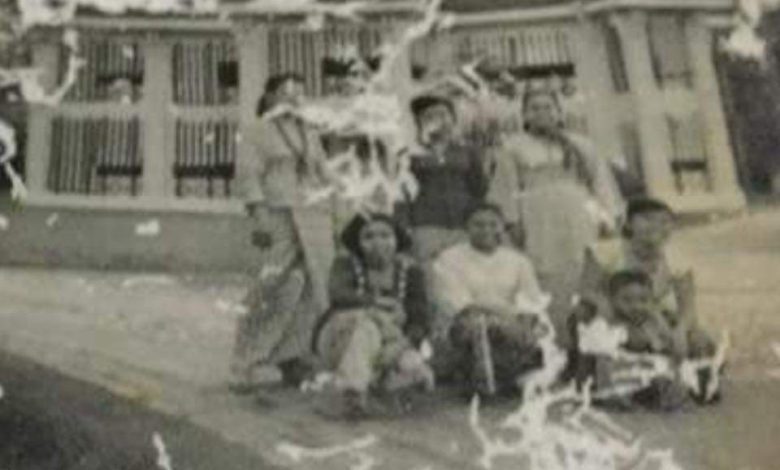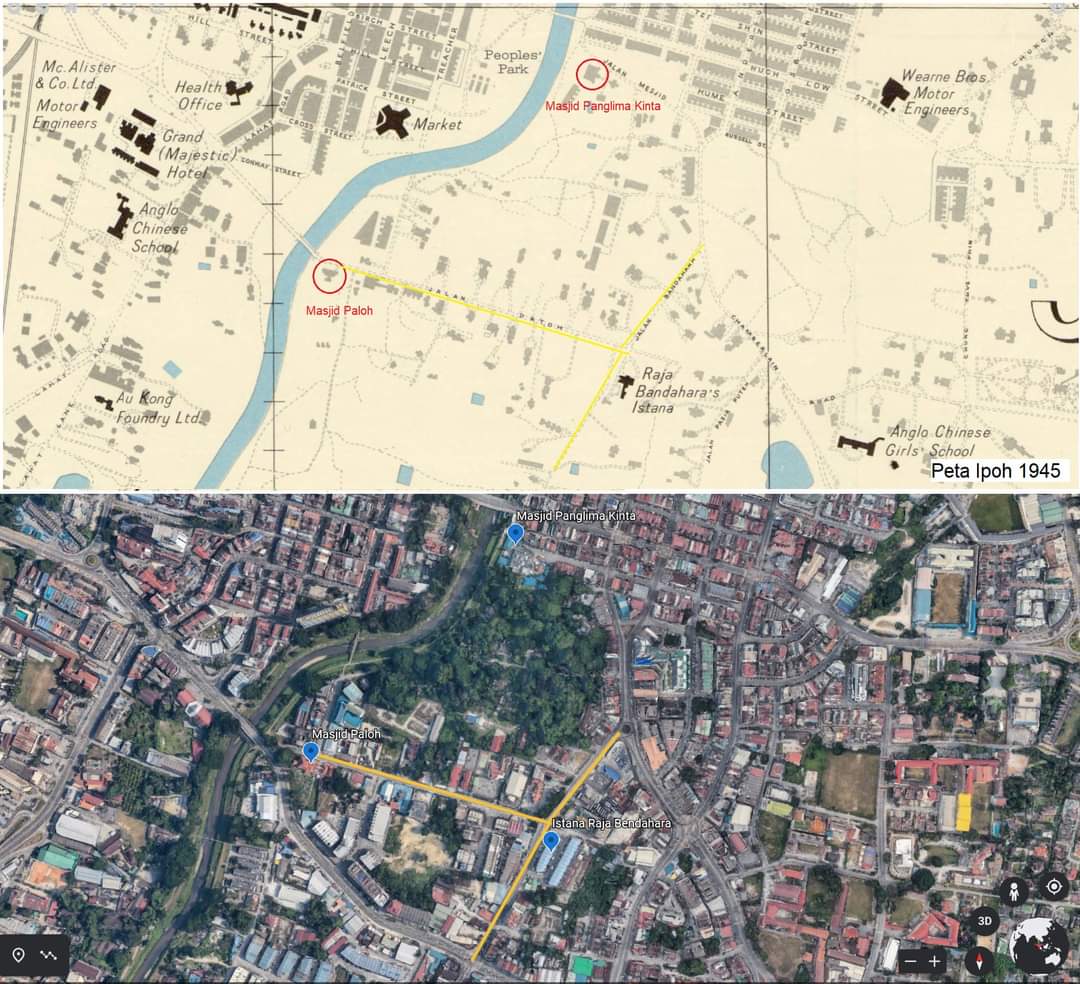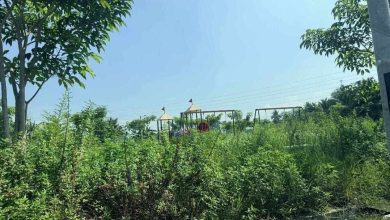

By Zaki Salleh
IPOH: Named Jalan Bendahara, this thoroughfare, one of the busiest in Ipoh, has its own unique history of how it got its name.
Today, Jalan Bendahara connects with nearby roads such as Jalan Datoh and Jalan C.M. Yusuff.
This street marks the original site of the Raja Bendahara Palace, one of the important figures in the Perak Sultanate lineage.
The Raja Bendahara was the second heir to the throne of Perak after the Raja Muda, a position held by royal family members for over 200 years.
The title Raja Bendahara has since been replaced by Orang Kaya Bendahara Seri Maharaja, which is now held by non-royal individuals.
Historical records indicate that the Bendahara Palace was built in 1919 during the phase of modern Ipoh city development.
Before this development phase, Ipoh was a village predominantly inhabited by Malays and local dignitaries who controlled nearly all areas.
The modern city development of Ipoh refers to the transformation phase of the city, which grew in line with the economic boom driven by the tin mining industry in Kinta.
Malay dignitaries then built shop houses before selling them to traders.
Other significant buildings constructed in 1919 include the Chartered Bank, St. Michael’s Roman Catholic Church, the Y.M.C.A building, and Chung Thye Phin’s house.
Nor Hisham Zulkiflee, Secretary of the Perak Heritage Association, stated that aside from in Kuala Kangsar, there was also a Bendahara Palace on Jalan Bendahara in Ipoh, which once served as the residence of His Royal Highness Raja Bendahara Yusuf and Raja Bendahara Idris.
Following the abolition of the Raja Bendahara title in 1953, the palace was repurposed as the Istana Raja Di Hilir.
“In 1972, the palace was taken over by the state government and served as the Office of the Perak State Agricultural Development Corporation until the building was demolished in 1990.
Now, the site of the Raja Bendahara Palace has been turned into shop houses, and the location name Jalan Bendahara has been retained.
“The current site now houses the UMNO Ipoh Timor Division Building,” he said.
According to Nor Hisham, old maps of Ipoh clearly show other buildings in the Jalan Bendahara area, believed to be houses with Malay architectural designs.
This is because nearby areas such as Kampung Paloh and Kampung Kuchai were residential areas for Malay dignitaries.
Another old relic that can be seen on Jalan Bendahara is the Sri Maju bus company office. Its main building features an old design,” he added.
Thus, Nor Hisham suggested that a historical marker should be placed on Jalan Bendahara so that Ipoh residents can learn about the origins of its name.




